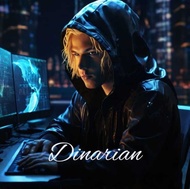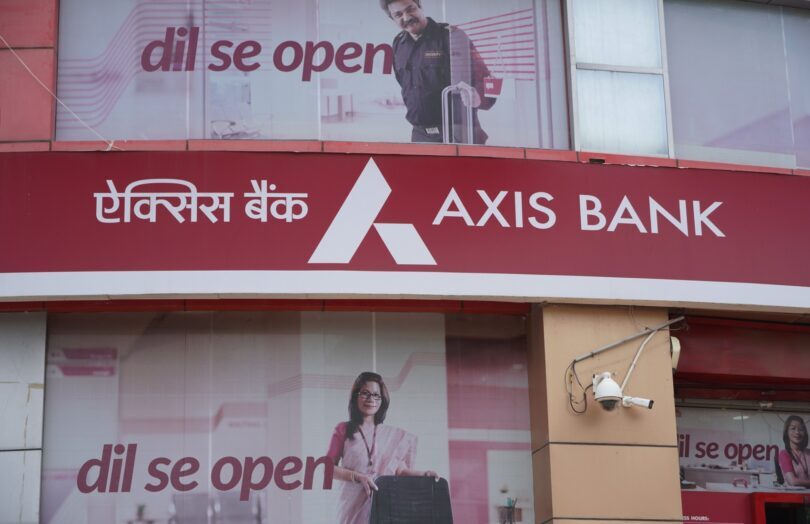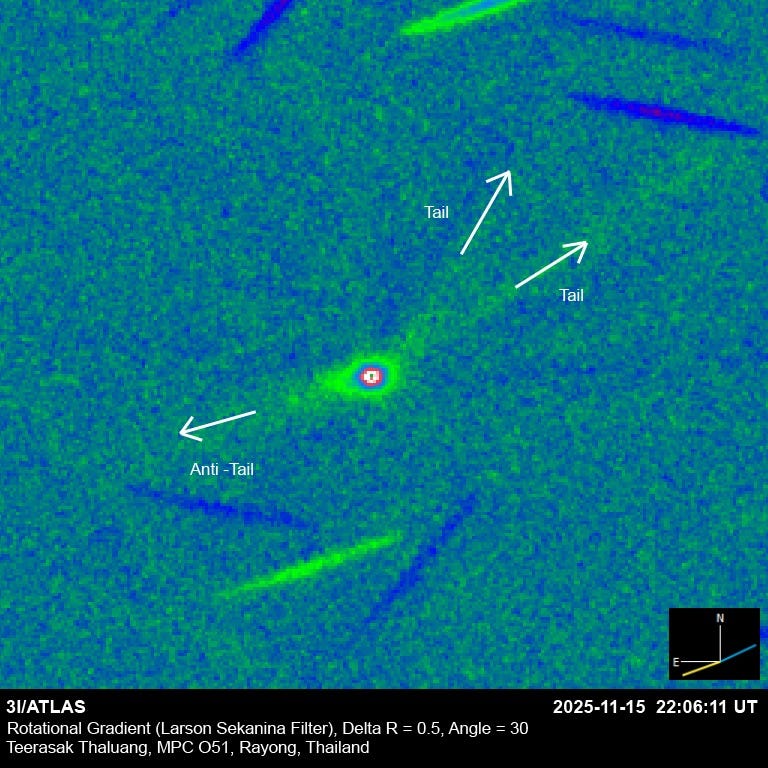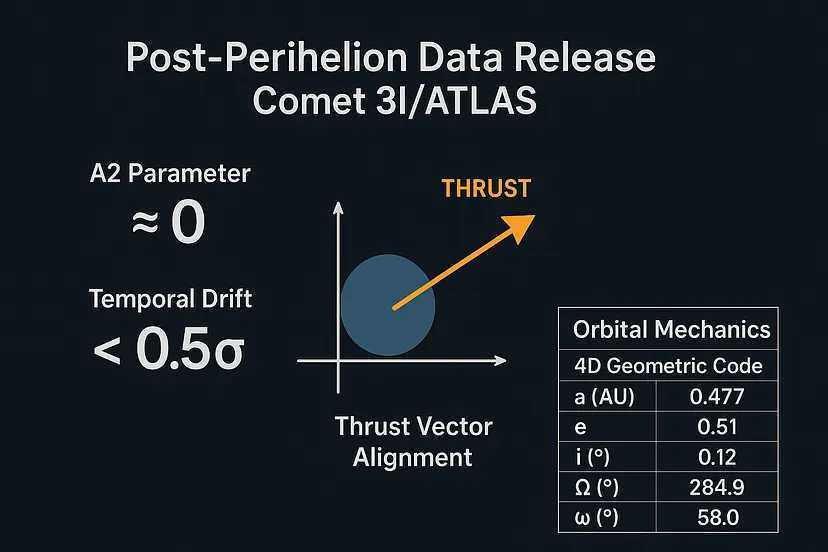Axis, one of India’s top five banks will use JP Morgan‘s Kinexys Digital Payments (formerly JPM Coin) for cross border payments. Swift payments are invariably constrained by differences in bank opening hours, whereas JP Morgan’s blockchain-based bank accounts are available for 24/7 instant payments.
This is particularly important for large corporates with subsidiaries spread around the world. It means they can send and receive funds instantly, rather than needing to keep buffers of cash to allow for timing differences. Additionally, the solution supports programmable payments.
“We are excited to work with Kinexys by J.P. Morgan to deliver a first in the market – 24/7 programmable USD clearing capability for our Institutional and Commercial Banking clients for their cross-border payments, out of GIFT City (Gujarat International Finance Tech City),” said Neeraj Gambhir, Group Executive & Head- Treasury, Markets & Wholesale Banking Products.”
“With this collaboration, we are bringing significant value to our clients through streamlining payments, unlocking liquidity and above all, adding further optionality on cross-border payments, utilizing blockchain-based payment rails that are fit for growth.”
JP Morgan has been piloting Kinexys in GIFT City since 2023, starting with a sandbox trial with five banks, including Axis. The City aims to compete with other international financial centers such as Singapore and Dubai. Earlier this month it launched a consultation on tokenization.
Meanwhile other banks using Kinexys include Bahrain’s Bank ABC and First Abu Dhabi Bank. The Kinexys blockchain supports various other applications, including tokenized collateral. Total Kinexys transactions have now surpassed $1.5 trillion and average $2 billion daily.

🙏 Support My Work 🙏
If you find value in my content, consider showing your support:
💳 PayPal – Just scan the QR code 📲
🔗 Crypto – Send contributions via Coinbase Wallet to: Dinarian.cb.id
Your generosity keeps this mission alive! Namasté 🙏✨ #SupportIndependentMedia #Crypto










































